Dam removal is receiving a great deal of attention lately, and deservedly so. On many of the nations rivers, especially larger ones, dams have become outdated, costly and inefficient. Dams have also long blocked fish passage, disrupted habitat, and damaged or destroyed wild fish populations. Overwhelmingly positive results have been observed where dams have been removed, with rivers' surging flows recreating long lost habitat and wild fish returning to the river to spawn in sections of river they've not been able to reach -- in some cases -- for over a century. Dam removal, however, is costly and often involves a considerable amount of bureaucratic struggle in order to implement. As a result, while dam removal is a growing trend, the time frame surrounding these projects span many years, often decades.

But dams -- whether they be the ones that drive major hydro-electric generation stations or simple irrigation diversion dams -- aren't the only widespread barrier to fish passage on many of our streams and rivers. Culverts, which are incredibly common throughout virtually every region of the country, often pose just as serious an impediment to fish passage and an equally significant threat to fish habitat and populations, only with a much simpler and less costly solution.
Orvis and Trout Unlimited have joined forces in their ongoing 1,000 mile project, which seeks to reconnect -- you guessed it -- 1,000 miles of rivers and streams currently blocked by culverts. Existing culverts are repaired or replaced, in a simple and cost effective process, restoring habitat, access to spawning grounds and reestablishing miles and miles of fishable water. While the latter may be the most enticing for fishemen, all of the impacts of culvert repair are positive for the angler and the ecosystem alike.
Orvis and Trout Unlimited are seeking to raise funds for the project. As in previous years, Orvis is generously offering a matching funds grant. Orvis will match every dollar donated by anglers up to $30,000. According to Orvis and Trout Unlimited, every dollar donated will be "used to improve streams, and the impact will be felt by fish—and anglers—all across the country for years to come."
Watch the video below to learn more about the 1,000 mile project. When you're ready to help, you can do so here.




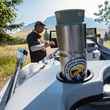
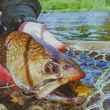
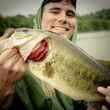


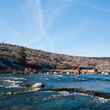
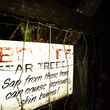


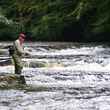




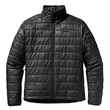




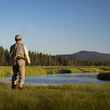
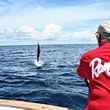



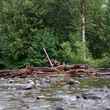
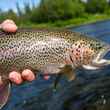
Comments
DJ Hickson replied on Permalink
Glad to see this getting some attention and bravo to Orvis for supporting it again.
Several of these projects in my area over the last decade or so have had major positive impacts on our streams. AND as noted, we get more WATER TO FISH as a result.
Dam removal is great, but does steal the spotlight a bit from culvert projects which are simple, fast and offer big results.
mkjames replied on Permalink
Can these projects be accomplished by hand, or do they typically involve heavy equipment?
PoconoTrout replied on Permalink
I doubt anyone is doing these jobs by hand these days. That said, you can probably get the job done with a simple backhoe.
Kirk @ River Mud replied on Permalink
The question isn't really the construction equipment, or the time of construction, which in most cases would be hours or a few days, assuming a new bridge does not need to be installed.
The question is why it requires 3 x 3" binders full of permit applications from a dozen environmental agencies, obtained over a 3 - 12 year period, to gain legal permission (even on one's own property) to remove a culvert and restore historical conditions in a stream. At some point, we as sportsmen need to re-evaluate who's truly standing in the way of our good acts on the landscape.
Bridge Designer replied on Permalink
As you know Missouri and Arkansas has great trout water. When I begin hydraulic analyzes of a stream I always attempt to consider this. Also since FHWA now requires culvert bottom slabs to be buried 2 ft min into the existing streamed it often facilitates a single span structure as a more cost effective alternative. Another thing that should be spread that hopefully will catch on are GRS (geosynthetic reinforced abutments.)
Matt S replied on Permalink
Agree, but it needs to be done right.
Avoid debris blockage, restore sediment transport, reveg natural banks, get out of the channel.
Bridges, not baffles!
Pages